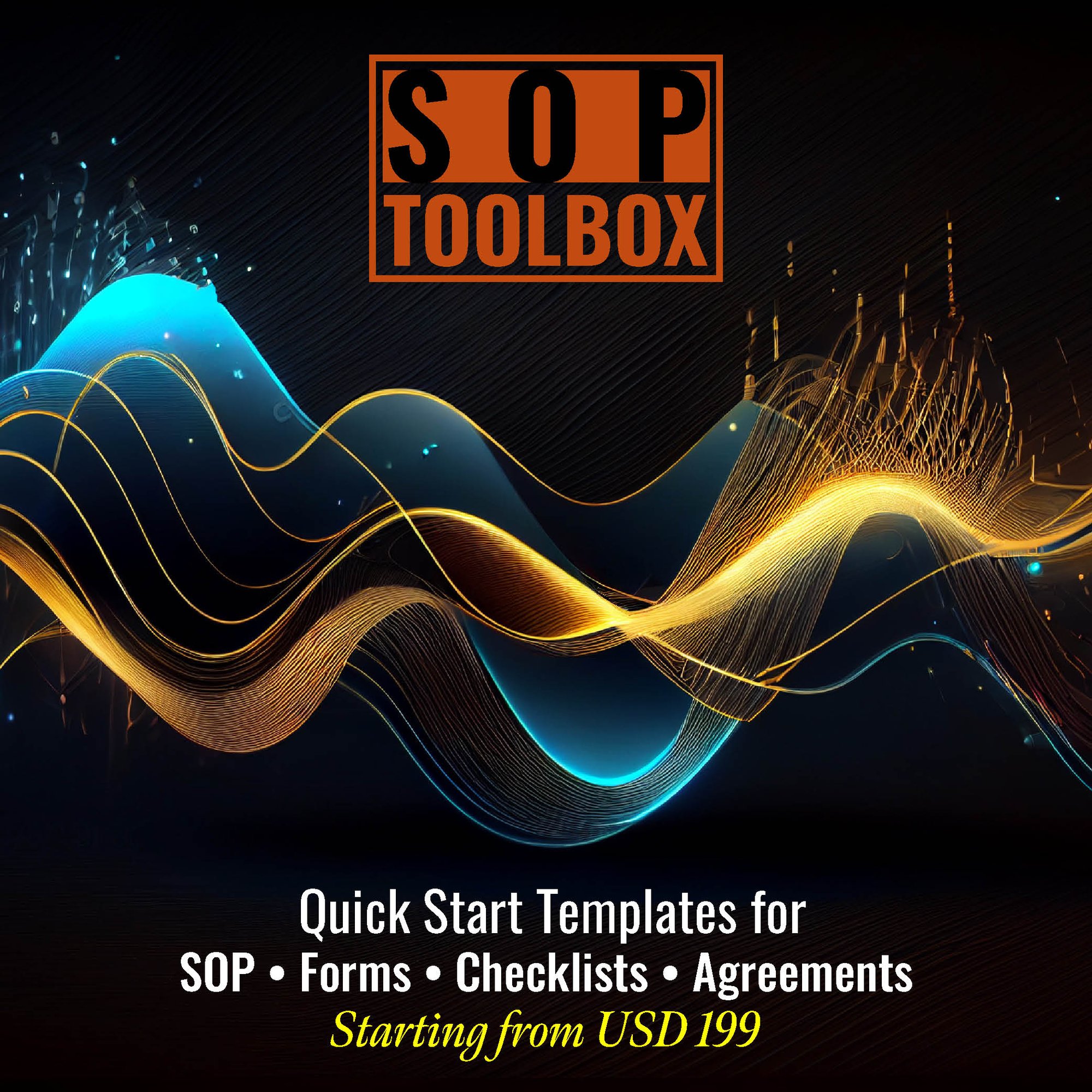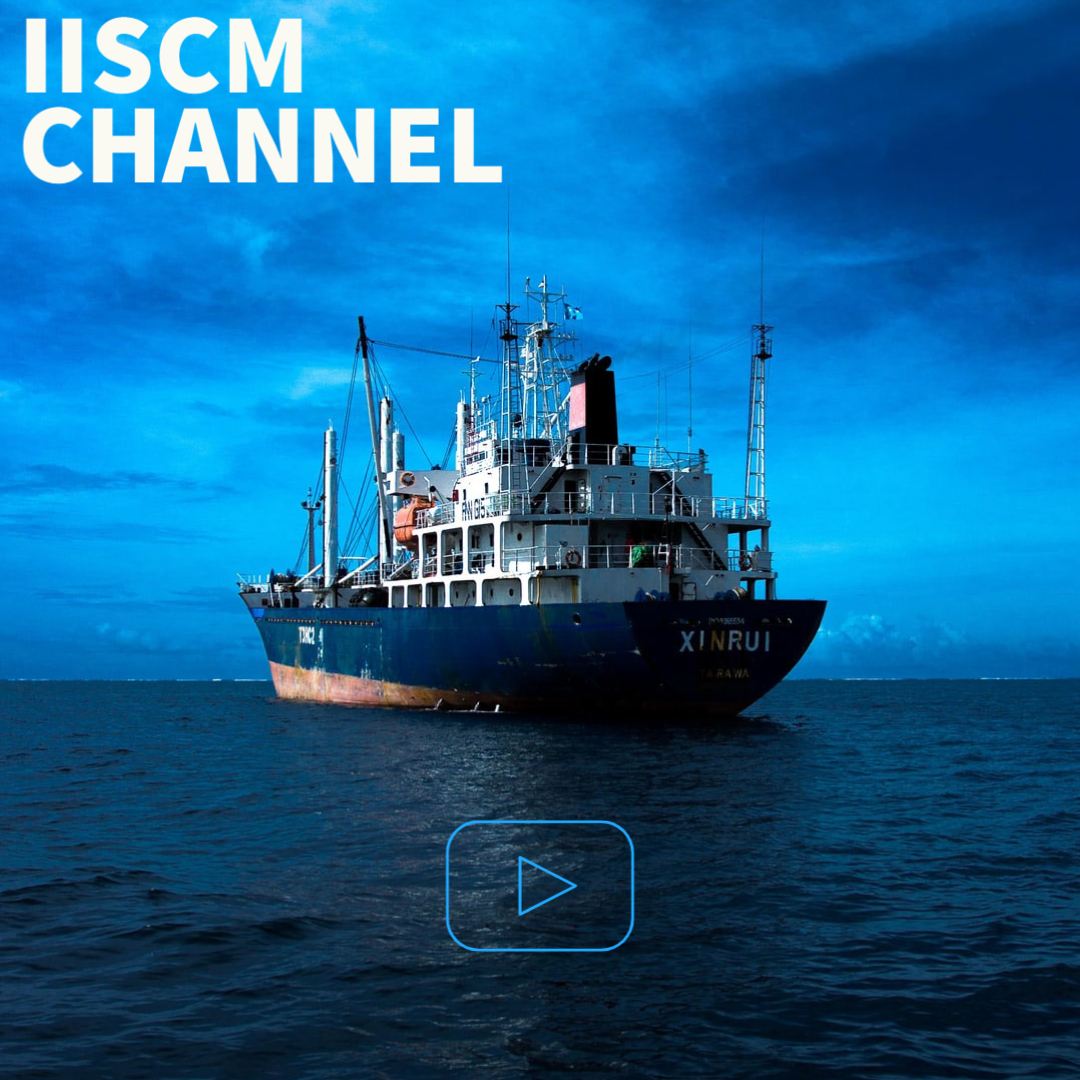Shipping and Receiving Procedures are standardized processes that ensure the efficient handling, tracking, and documentation of incoming and outgoing goods. These procedures cover key aspects such as order verification, inspection, packaging, labeling, documentation, and inventory updating. Proper shipping procedures ensure accurate order fulfillment, prevent damage, and optimize logistics efficiency, while receiving procedures help verify shipments, identify discrepancies, and update inventory records. Implementing well-defined shipping and receiving SOPs enhances supply chain efficiency, reduces errors, prevents loss, and ensures compliance with industry regulations. A structured approach helps businesses streamline operations, improve supplier coordination, and maintain accurate inventory records for smooth business operations.
Fhyzics Business Consultants’ Shipping and Receiving Procedures templates provide organizations with a structured framework to manage the movement of goods efficiently. These templates standardize key processes such as shipment verification, order packaging, labeling, documentation, inspection, and inventory updating, ensuring accuracy and compliance with industry best practices.
By implementing these predefined SOPs, businesses can reduce shipping errors, prevent delays, and enhance supplier coordination. The templates help organizations track shipments, ensure correct product quantities, verify quality upon arrival, and minimize damages or losses. Standardizing these procedures improves communication between suppliers, warehouse teams, and logistics partners, ensuring smooth inbound and outbound operations.
Fhyzics' customizable templates allow businesses to tailor the processes to their specific needs, ensuring alignment with supply chain goals, regulatory requirements, and quality control measures. With clearly defined workflows, businesses can streamline order fulfillment, optimize warehouse space, and reduce costs associated with shipping errors or lost inventory.
By adopting these templates, organizations gain better control over logistics, improve customer satisfaction with on-time deliveries, and enhance operational efficiency. Fhyzics’ SOPs serve as a valuable tool for businesses looking to standardize their shipping and receiving operations, leading to a more organized and profitable supply chain.
Top 10 benefits of Shipping and Receiving Procedures :
1. Improved Accuracy – Ensures correct order fulfillment and shipment verification.2. Enhanced Efficiency – Streamlines shipping, receiving, and inventory processes.
3. Reduced Errors – Minimizes shipping mistakes, damaged goods, and lost inventory.
4. Better Inventory Management – Keeps stock levels accurate and updated.
5. Stronger Supplier Coordination – Improves communication with vendors and logistics partners.
6. Cost Savings – Reduces expenses from shipping errors, delays, and storage inefficiencies.
7. Regulatory Compliance – Ensures adherence to industry shipping and receiving standards.
8. Faster Order Processing – Enhances delivery speed and customer satisfaction.
9. Risk Mitigation – Reduces theft, fraud, and discrepancies in shipments.
10. Optimized Warehouse Operations – Improves space utilization and workflow efficiency.
This Article is Uploaded by: Gokul K
Keywords: shipping and receiving procedures, shipping process SOPs, receiving process guidelines, warehouse shipping procedures, inventory receiving checklist, shipment verification process, shipping documentation standards, inbound and outbound logistics, freight management SOPs, package handling procedures, shipping compliance guidelines, cargo inspection procedures, order fulfillment process, shipping error prevention, shipping workflow optimization, receiving dock operations, supplier delivery procedures, freight receiving best practices, shipping cost reduction strategies, order tracking system, warehouse receiving best practices, logistics management SOPs, shipping label requirements, international shipping procedures, shipping risk management, cargo damage prevention, shipment accuracy verification, inventory shipment tracking, vendor shipment coordination, supply chain shipping policies, packing and labeling guidelines, freight inspection checklist, real-time shipment tracking, shipping loss prevention, shipment reconciliation process, delivery receipt documentation, supply chain logistics optimization, cross-docking procedures, warehouse receiving efficiency, goods-in-transit tracking, e-commerce shipping SOPs, cold chain shipping procedures, reverse logistics management, last-mile delivery procedures, package sorting and scanning, import and export shipping guidelines, customs clearance procedures, transportation and logistics policies, automated shipping processes, shipping invoice verification, purchase order receiving process, just-in-time shipping strategies, delivery scheduling optimization, fleet management best practices, packaging quality control, express shipping protocols, supply chain transparency, cargo loading and unloading guidelines, warehouse receiving automation, courier service logistics, bulk shipment handling, hazardous material shipping SOPs, return shipment processing, damaged goods handling procedures, freight consolidation methods, digital shipping documentation, supplier shipment performance tracking, warehouse staging procedures, proof of delivery process, distribution center shipping strategies, logistics cost control measures, cargo transit insurance, order dispatch workflow, weight and dimension verification, barcode scanning for receiving, warehouse receiving reports, shipping manifest accuracy, transportation scheduling best practices, shipping productivity tracking, on-time delivery monitoring, carrier performance assessment, multi-channel fulfillment strategies, air freight shipping guidelines, sea freight receiving procedures, drop-shipping logistics, goods acceptance checklist, automated inventory receiving, warehouse goods movement SOPs, material handling safety, supply chain efficiency improvements, expedited shipping procedures, centralized shipping coordination, packaging and crating best practices, third-party logistics (3PL) SOPs, consignment shipment tracking, load optimization for freight, receiving discrepancy resolution, fulfillment center logistics, delivery route optimization, customer order shipping accuracy, and inbound shipment scheduling.















